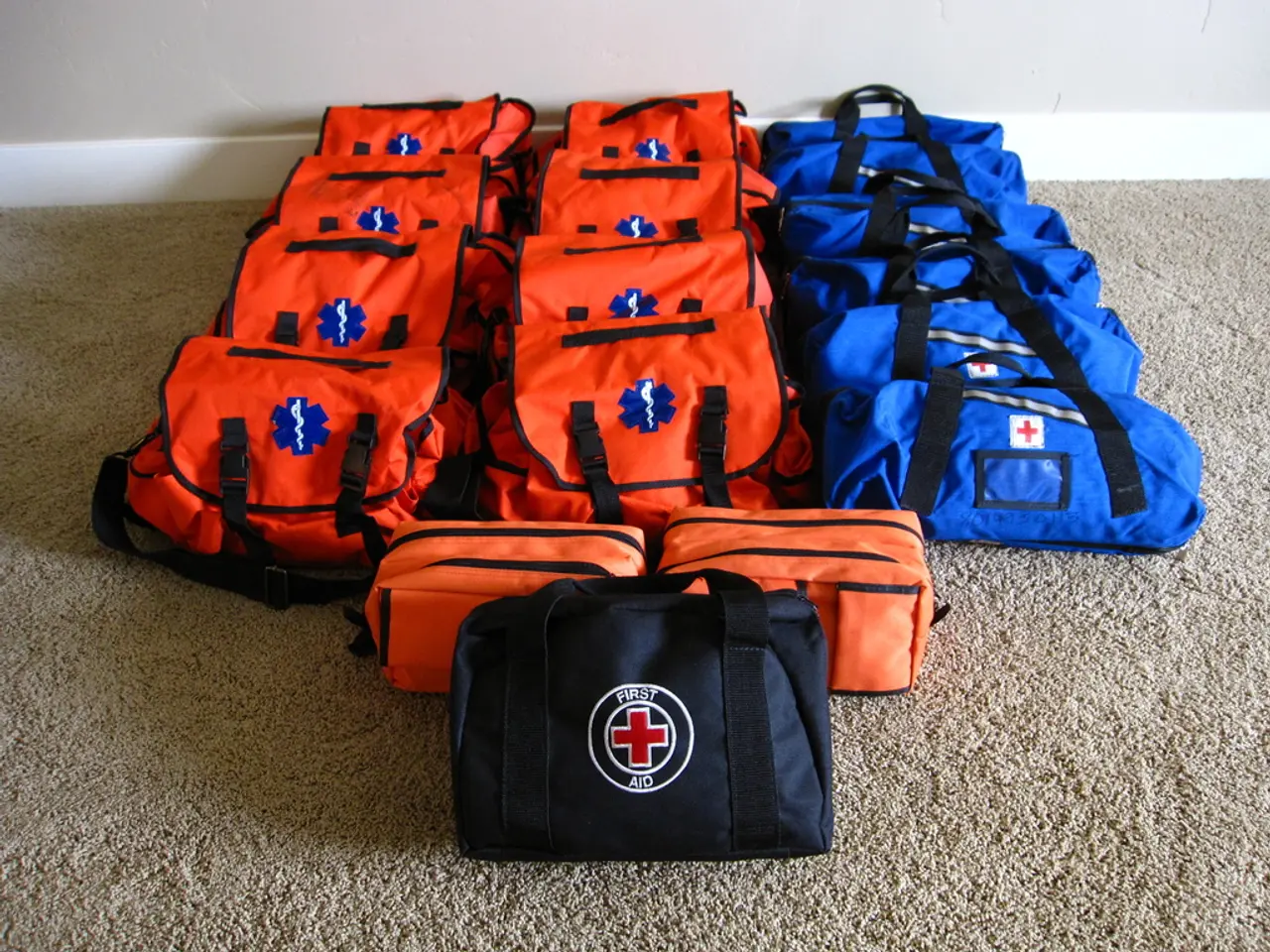Vulnerability Found in Examination Testing Facilities
In recent times, many COVID-19 testing centres have relied on a specific software to manage appointments and provide test results digitally. However, while no direct or specific public report of a widespread security vulnerability in this software has been made, the broader healthcare IT systems, including those used by testing centres, have been under scrutiny due to numerous documented vulnerabilities and breaches.
These vulnerabilities encompass a range of issues, such as insecure implementations of QR codes used to store or display COVID-19 test data, unpatched software, and easily discoverable servers in healthcare systems. These weaknesses could potentially compromise the security of COVID-19 testing data and related patient information.
One notable vulnerability involved insecure QR codes, making the information accessible and vulnerable for "uncountable" numbers of passengers whose test data was scanned via QR codes. This points to weak encryption or authentication on COVID test results that could be exploited.
Healthcare systems, including hospitals and medical imaging systems like Picture Archiving Communication Systems (PACS), remain vulnerable due to unpatched software and easily discoverable servers, allowing unauthorized access to sensitive patient data including diagnostic results. Although not COVID-specific, such vulnerabilities could impact COVID-19 testing centres using similar IT infrastructure.
Large-scale breaches have affected healthcare organizations like the medical billing firm Episource and healthcare provider Ascension, exposing millions of patient records from ransomware and hacking incidents. These breaches have included sensitive personal info, medical records, and test results, potentially including COVID-19 testing data by extension.
Specific vulnerabilities like the MOVEit file transfer software breach have caused exposure of millions of health records in government health departments, demonstrating risk in file transfer and management systems that could be used by testing centres.
While COVID-19 testing centres themselves are not explicitly named in major breach disclosures, healthcare providers, billing firms, health departments, and potentially any testing centre using vulnerable or unpatched IT infrastructure have been compromised. For example, Ascension and Episource affected millions of patients’ data, including test results.
The AMA and cybersecurity authorities warn that clinics, small healthcare practices, and hospitals remain at risk due to unpatched systems and poor cybersecurity hygiene, implying testing centres linked to these institutions may be vulnerable.
The potential misuse of these vulnerabilities is significant. Exploitation could lead to unauthorized access and theft of personally identifiable information (PII) and protected health information (PHI), enabling identity theft, insurance fraud, or targeted phishing attacks against patients and staff.
Attackers could use stolen COVID-19 test data to fabricate or manipulate test results, potentially undermining public health efforts or enabling fraud, such as falsifying vaccination or negative test certificates. Malware infections or ransomware attacks could disrupt testing operations, delay results, and compromise patient care. Exploiting file transfer vulnerabilities could allow attackers to exfiltrate large volumes of sensitive health data without detection.
In light of these threats, it is crucial for all related centres to enforce strong cybersecurity measures, promptly patch software, ensure secure data transmission methods, and educate staff against phishing and social engineering attacks. While no specific software breach has been identified for COVID-19 testing centres, the broader context of healthcare IT vulnerabilities underscores the importance of vigilance and proactive action.
Other cybersecurity concerns arise within the technology used by COVID-19 testing centres, as weaknesses in systems could potentially compromise the security of testing data and related patient information. For instance, unpatched software and easily discoverable servers in these systems can allow unauthorized access to sensitive data.




